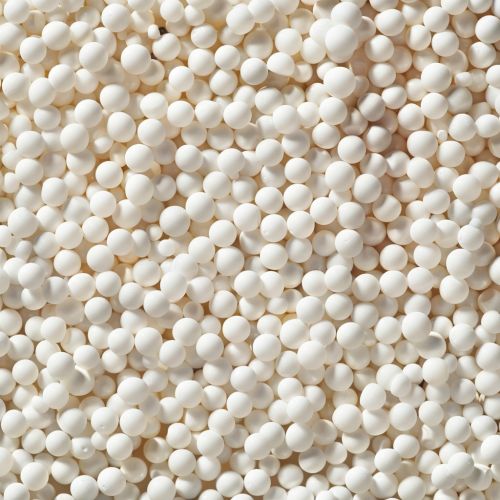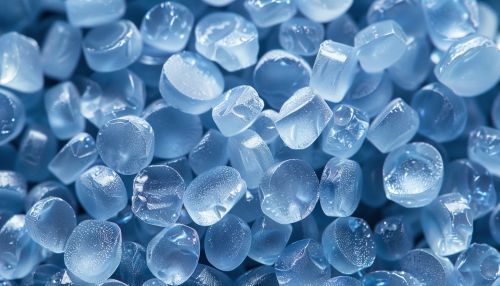Anion Exchange
Introduction
Anion exchange is a process that involves the exchange of anions (negatively charged ions) in a solution with other anions present in a resin or another substance. It is a type of ion exchange process, which is a powerful tool in chemical analysis and other fields such as water purification, mining, and biochemistry.


Principle of Anion Exchange
The principle of anion exchange is based on the electrostatic attraction between charged particles. In this process, a substance with loosely bound anions (anion exchange resin) is introduced into a solution containing different anions. The resin has a positively charged functional group, which attracts the anions in the solution. The anions in the solution replace the anions in the resin, which are then released into the solution. This is known as the 'exchange' process.
The efficiency of the exchange process depends on several factors, including the type and concentration of anions in the solution, the type of resin used, and the conditions of the process such as temperature and pH.
Anion Exchange Resins
Anion exchange resins are a type of polymer resin that are used in anion exchange processes. These resins have a positively charged functional group, which attracts anions. The resins are typically made from polystyrene or polyacrylic compounds, and the functional group is often a quaternary ammonium group (NR4+).
There are two main types of anion exchange resins: strong base and weak base resins. Strong base resins can exchange all types of anions, while weak base resins can only exchange certain types of anions. The choice of resin depends on the specific requirements of the anion exchange process.
Applications of Anion Exchange
Anion exchange is used in a wide range of applications, including:
- Water Purification: Anion exchange is commonly used in water treatment processes to remove anions such as chloride, nitrate, and sulfate from water. It is also used in demineralization processes, where it is combined with cation exchange to remove all ions from water.
- Mining and Metallurgy: In the mining industry, anion exchange is used to recover valuable metals from ores and other sources. It is also used in metallurgical processes to purify metals and remove impurities.
- Biochemistry: Anion exchange is used in biochemistry for the separation and purification of proteins and other biomolecules. It is also used in DNA sequencing and other genetic analysis techniques.
- Chemical Analysis: Anion exchange is used in chemical analysis to separate and concentrate anions for detection and measurement. It is also used in ion chromatography, a powerful analytical technique for the separation and analysis of ions.
Advantages and Limitations of Anion Exchange
Anion exchange is a powerful and versatile technique with several advantages. It can be used to separate and purify a wide range of substances, from small ions to large biomolecules. It is also a highly selective process, which means it can be used to separate specific anions from complex mixtures.
However, anion exchange also has some limitations. The process can be affected by changes in pH and temperature, and it may not be suitable for certain types of anions. Additionally, the resins used in anion exchange can be expensive and may need to be regenerated or replaced regularly.
Conclusion
Anion exchange is a key process in many areas of science and industry. Despite its limitations, its versatility and selectivity make it a valuable tool in fields ranging from water treatment to biochemistry. As our understanding of anion exchange continues to grow, so too will its range of applications and its importance in our everyday lives.
